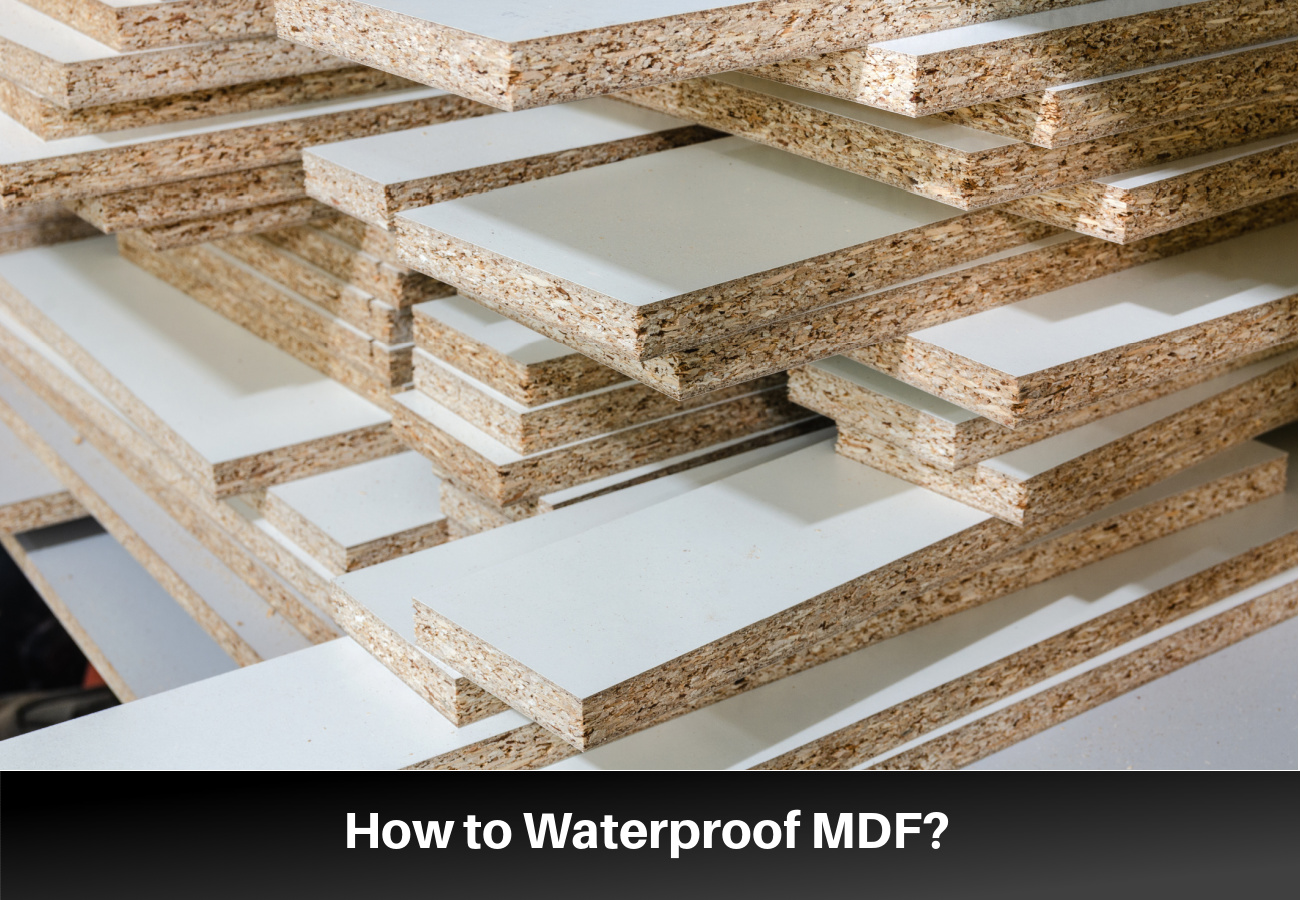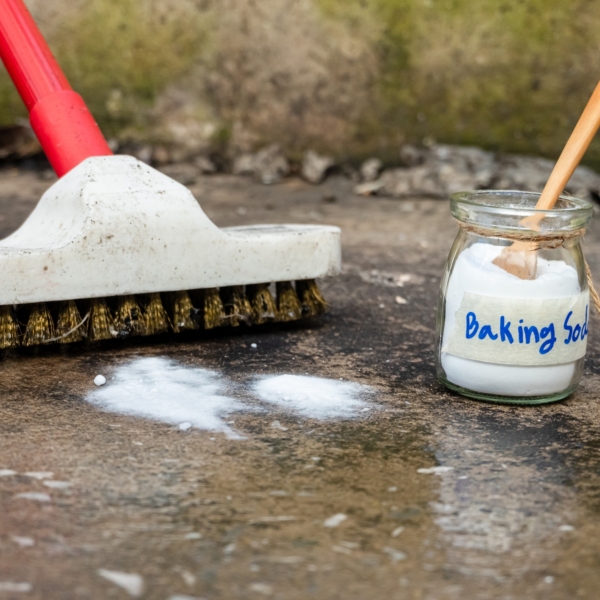When it comes to how to waterproof MDF, there are several methods that can work. MDF, or medium-density fiberboard, is popular in furniture and interior design because of its affordability, durability, and versatility, but it is not the best material for moisture-rich environments. This is because of its composition of wood fiber and resin. The wood fibers absorb the moisture and cause the boards to swell, crack, and degrade.

MDF will never be fully waterproof, but there are several measures that you can apply to enhance the water-resistance capacity of MDF from sealings and coatings to specialized treatments. Using these methods you can enhance the durability and versatility of MDF in moisture-prone areas.
How to Waterproof MDF?
MDF that is unsealed is highly porous and will crack, warp, and degrade when you expose it to moisture or water. Sealing the surface of the MDF is a way to keep water away from the MDF material. It is most effective to use these waterproofing methods with moisture-resistant (MR) MDF. This way, there is a protective seal on the surface, but if the water does permeate, there is more material resistance.
Sealants
Applying a waterproof sealant or primer is a way to create a non-permeable barrier on the surface of the MDF. You can apply options like a polyurethane sealant, an epoxy sealant, an acrylic sealant, or a silicone sealant. Epoxy sealants have exceptional strength and durability against water and chemicals. They create a hard surface on the MDF and can withstand heavy use.
These sealants are common in bathrooms and kitchens. Sealants vary in durability. You need to evaluate the finish periodically and reapply as necessary. Depending on the type of sealant, you will apply them by brushing, rolling, or spraying. Follow the manufacturer’s guidelines for the best application method.
Waterproof Paint
Waterproof paint is a good way to seal MDF and enhance its attractiveness. You can find waterproof paint in many colors and sheens, so you can customize the look of the MDF. You should apply several coats of paint to achieve optimal waterproofing. Apply the paint with a brush or roller. Allow each coat to dry before applying the next coat. Allow the paint to dry completely before using the MDF in a project.
Laminate or Melamine Sheets
One effective method of waterproofing MDF is to cover it with laminate or melamine sheets. This method is common for creating laminate countertops, where MDF is the substrate with a laminate covering. Laminate and melamine are highly water-resistant and shield the MDF from moisture. Laminates and melamine come in a variety of colors and patterns, so they are versatile and customizable.
Seal the Edges
One of the most vulnerable parts of MDF is the edges, where water can creep into the interior of the MDF and destroy its structural integrity. Make sure to seal the edges with banding tape or silicone sealers to keep the edges impervious to water. You can also use a shellac primer to coat and seal the edges of the MDF.
How to Maintain the Waterproof Surface on MDF
Once you have applied a waterproof surface, you must try to maintain the integrity of the finish to protect your MDF. Follow these guidelines to maintain and protect your waterproof finish.
- Regular cleaning – Maintain a regular cleaning schedule to keep the MDF surface free from the build-up of dust and debris. This will ensure that you can clean it using gentle rather than harsh methods that may corrode or disintegrate the finish. Always avoid using abrasive cleaners and cleaning tools.
- Promptly address liquid exposure – Avoid allowing liquid to sit on the surface of the MDF as it can erode the surface finish. If liquid touches the MDF surface, you need to address it immediately by drying it and fixing the source of the problem.
- Use protective measures – Using protective measures like coasters, mats, or trivets can help protect the surface of the waterproof covering so fewer repairs are necessary.
- Inspect for damage – Look for any signs that the waterproof coating is degrading, such as peeling or cracking. If you notice problems with the coating, you should consider ways to repair the surface to protect the MDF beneath.
- Periodic reapplication – Depending on the method you choose, you may need to reapply the coatings to maintain the most protection. This may include a periodic reapplication of paints or sealants.


